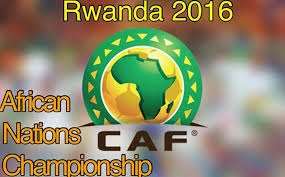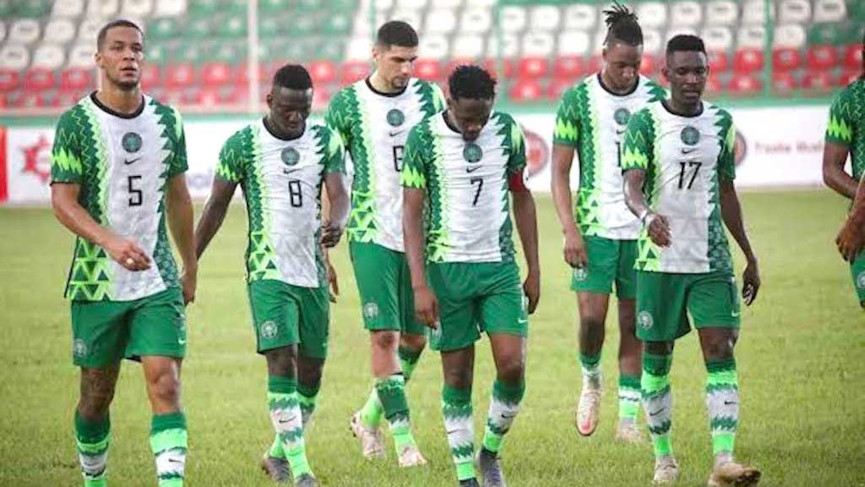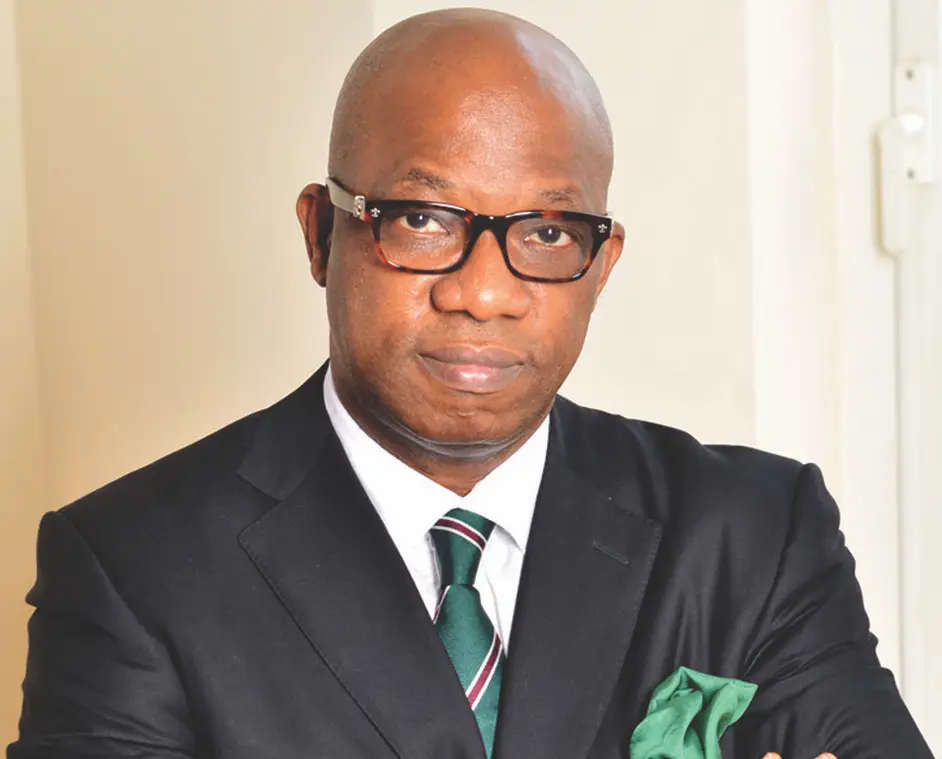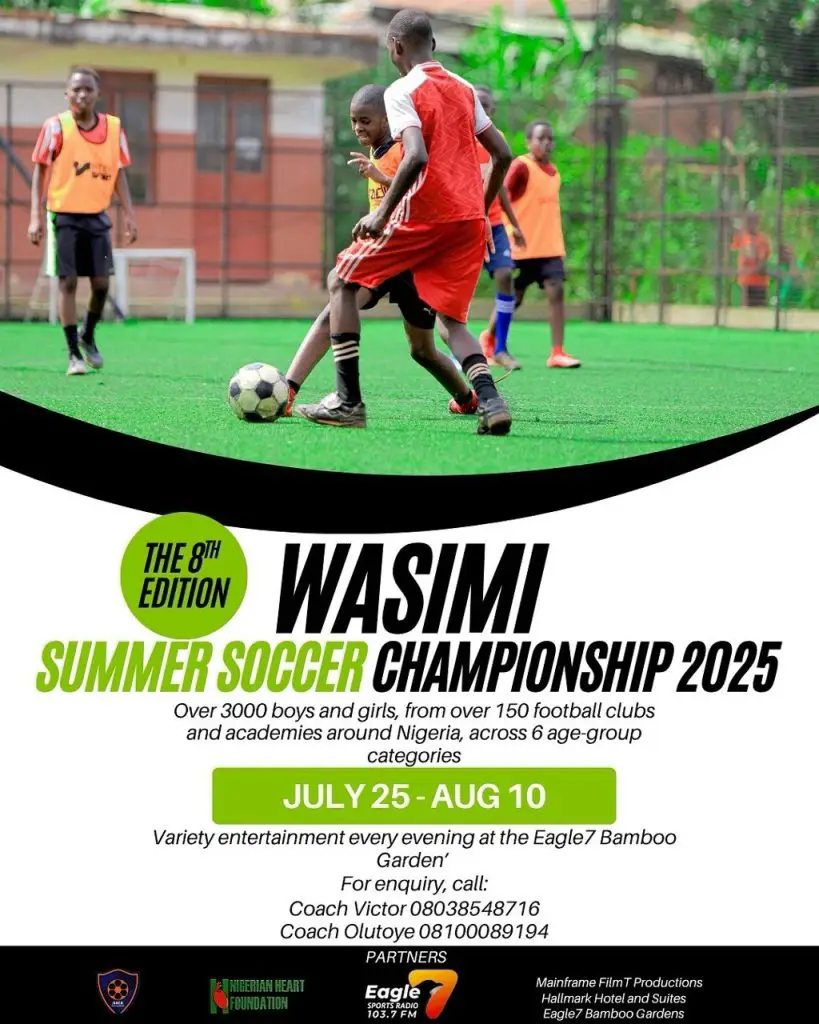I wish I had followed my initial instincts not to watch any part of CHAN 2016 and not have any negative comments to pass on it beyond my misgivings the moment Rwanda were announced as hosts.
That would have been my own silent way of registering my displeasure with an aspect of the championship that leaves me disillusioned!
I did not watch Nigeria’s first match against Niger. But following the reports in the media after the first match, lavishly singing the praises of the Nigerian team to high heavens, I decided to sheath my misgivings and watched the second match against Tunisia. Every Nigerian (including the skeptics and the cynics) was now primed to believe there would be a whitewash of the North Africans. It was as if a new set of gifted players from another planet had been discovered from the Nigerian domestic league to herald the dawn of a new and authentic Super Eagles squad and era.
Unfortunately, the promised whitewash never happened. Indeed, Nigeria were lucky to have escaped with a draw.
I should have followed my head instead of my heart by reminding myself that the simplest and highest standard of football can never be played on an artificial turf. Now you know the source of my initial grouse with the entire championship – the playing turf.
The moment I read that Rwanda would host the event using stadia with artificial ‘grass’ surfaces I lost my appetite for the championship.
Why would CAF approve that its most important international domestic championship, designed to showcase the best local players from the domestic leagues in Africa, should be played on artificial grass turf instead of simple natural grass? Who does not know that these artificial turfs were introduced to take care of peculiar situation of a few countries with the challenges of climate, topography or poverty? For some environments it is a monumental challenge to build and adequately maintain lush green grass fields. So they embrace the option of plastic surfaces in extreme weather, or no financial and technical capacity to adequately maintain grass.
Artificial grass surfaces therefore became an alternative to the very poor earth and grass fields across most Asian and African countries that were so bad they looked like horse racing tracks, made meaningful coaching and training impossible and rendered television coverage very poor and ugly.
The poor grounds for training and competitions were responsible more than any other thing for holding back football and footballers’ development to the highest levels in most of Asia, Oceania and Africa for decades.
Some members of the FIFA technical committee, backed by sharp businessmen, saw the gap and seized the opportunity to make money for themselves by approving and marketing the use of artificial grass surfaces at some levels of FIFA competitions. Surely, plastic surfaces, compared to bad earth and grass fields of old, are better in terms of being flat, friendlier to the eyes and good to cover for television. But beyond that, and looking more closely around the world of football, what do we see? Where do we find the proliferation of these artificial grass surfaces? Why is the World Cup proper not been played on these surfaces despite the technological advances in developing turfs as close to grass as possible? Why do Europe’s top clubs still play on lush green grass and keep investing more to improve them and make them even more lush?
In many parts of the world that once introduced artificial turfs the fields are gradually been returned to grass.
Is that why countries with advanced football traditions in Europe and South America have not embraced artificial turf as a replacement for grass? Is that why FC Barcelona, Arsenal FC and Manchester United FC turned down invitations to play in Nigeria when they were shown the ‘beautiful’ artificial turfs the matches would be played on? is that why the Super Eagles (the real ones this time) have declined to play their home matches in any of the stadia that dot the Nigerian football landscape with artificial turfs?
Artificial turfs are bad news for football.
They are so hard players more easily sustain very serious injuries playing on them. The grounds punish the joints with the higher risk of lifelong health consequences (arthritis). They make twisting and turning very difficult and the bounce of the ball different.
Players have to learn afresh to play on them and the transition from grass to plastic reduces the capacity of the players to play to their optimum. That’s why the World Cup will never be played on astro turf unless when technology develops plastic to match the comfort of grass, blade for blade! That time is not here yet.
So every time and everywhere I see artificial surfaces been used for international football competitions I shudder in disgust.
That’s why I made up my mind I would not watch CHAN 2016 because I was certain we would not get the best of African football to be showcased.
My worst fears have now been confirmed. Even the local Eagles of Nigeria that have been playing on this surface in the domestic league could not ‘fly’ in Rwanda 2016.
I watched them against Guinea and cursed the day Africa started to accommodate football administrators that do not appreciate why lush green grass is better than plastic turfs. It is these administrators that are stemming the growth of football to the highest level in the continent by ‘selling’ the construction of artificial grass turfs to ignorant governments. The FIFA Goal Project for developing countries, with its prescription of artificial surface fields for training of youngsters, is one of the tools deployed to hold Third World football back.
Many countries are returning their fields to good old reliable and comfortable natural grass where football can be taught properly and played with tactical discernibility.
There is no surface as good as lush green grass for football. That’s why the best leagues in the world, in Europe and South America, are played on grass.
That’s why also the real Super Eagles of Nigeria would never play their matches in any of the numerous stadia in the country with an artificial turf. Ask the top players they will confirm this to you.
CAF must wake up now and make the hosting of these championships a catalyst for proper football development. They must put proper football persons with solid backgrounds playing the game in their technical department.
Playing on ‘plastic’ in Rwanda is surely not the best for Africa’s football development. That’s why with the exit of the Eagles of Nigeria from CHAN 2016 I might resume my silent one-man protest by not watching the rest of it.








Latest Comments